No HDR Needed: Why Some Lakes Are an Otherworldly Blue
 Lake Louise, Alberta, Canada (photograph by Juliane Schultz/Flickr)
Lake Louise, Alberta, Canada (photograph by Juliane Schultz/Flickr)
Around the world are lakes iridescent with rippling turquoise waters, appearing like visions out of a dream. However, the cause for these startlingly blue lakes is something that’s been occurring in a seasonal rotation for millions of years.
From Lake Louise in Canada’s Banff National Park to Lake Tekapo in New Zealand, what all these incredibly blue bodies of water share is a proximity to glaciers. Each summer, meltwater flowing down from the glaciers to the lakes brings with it rock flour. This fine, ghostly grey material is made from the grinding of the glacier against bedrock, a process not dissimilar, although on a much more massive scale, from sandpaper.
When this rock flour gets into the water, it doesn’t sink. Instead the glacial silt hovers as a sort of underwater cloud. While you’d think that might turn the lake grey or white, what happens is much more interesting. As the water takes in the long waves of light (the reds), the rock flour absorbs the shortest (the purples). What’s left scattering back at your vision is for the most part green and blue.
This surreal vibrancy can occur wherever a glacier meets a lake; some due to their geology and geography have more extraordinary colors, such as Peyto Lake in Canada. Below are some of the world’s bluest lakes, although visit in cold months without the enhancing rock flour, and you may have a beautiful view, but nothing hallucinatory.

Lake Tekapo, with glacial meltwater & rock flour (photograph by Neerav Bhatt/Flickr)
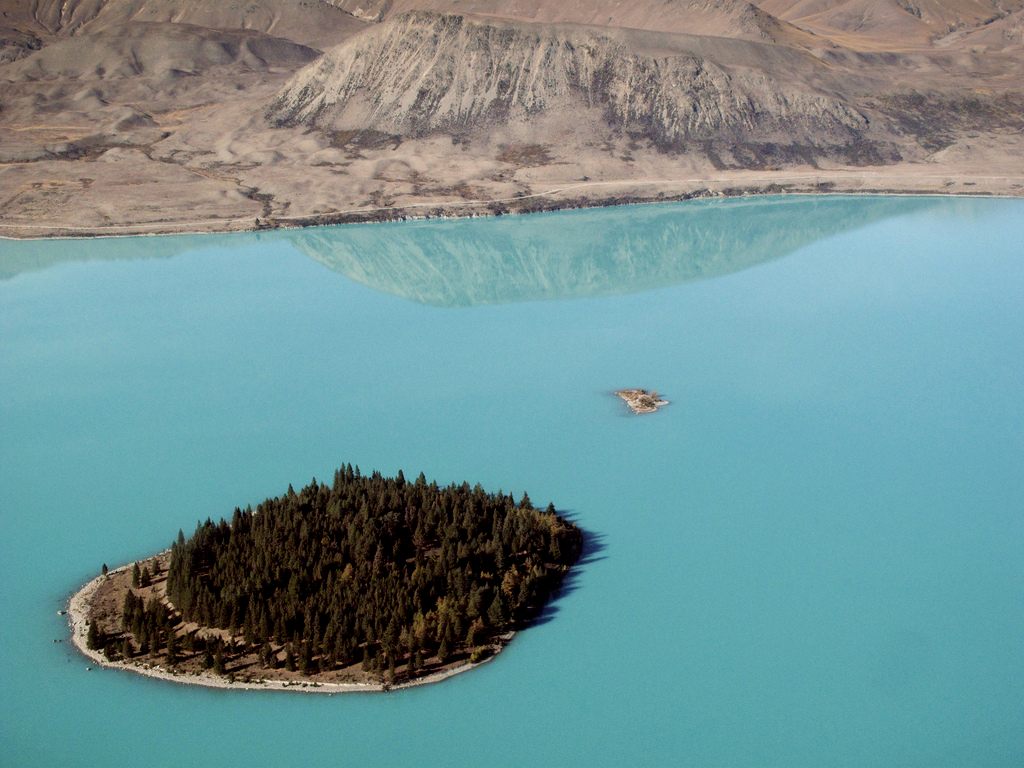
Lake Tekapo, New Zealand (photograph by profernity/Flickr)
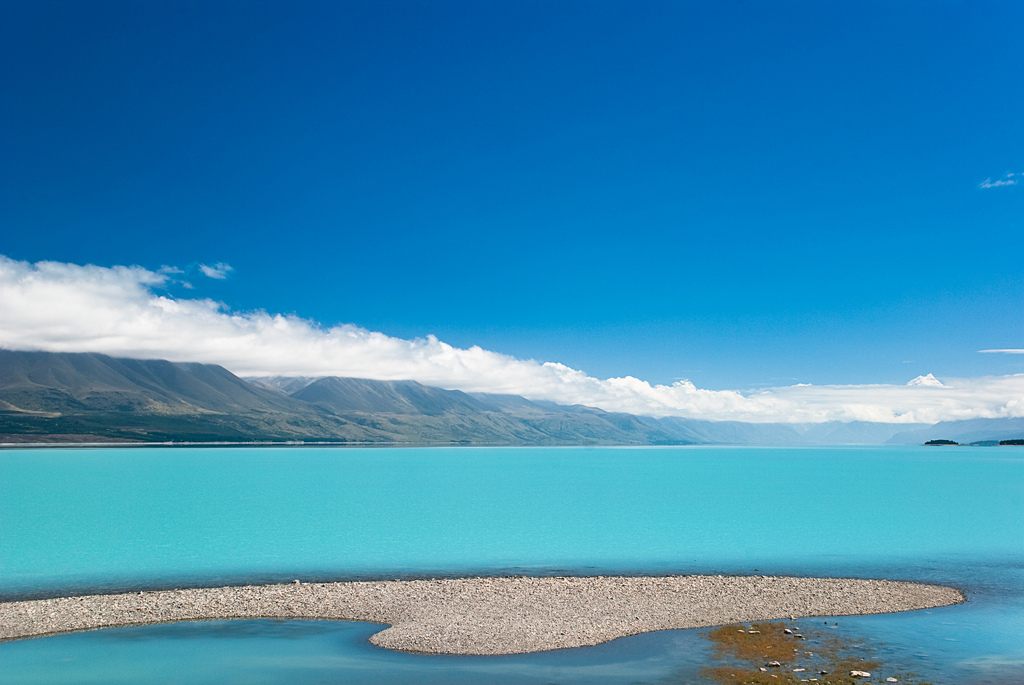 Lake Pukaki, New Zealand (photograph by brookpeterson/Flickr)
Lake Pukaki, New Zealand (photograph by brookpeterson/Flickr)
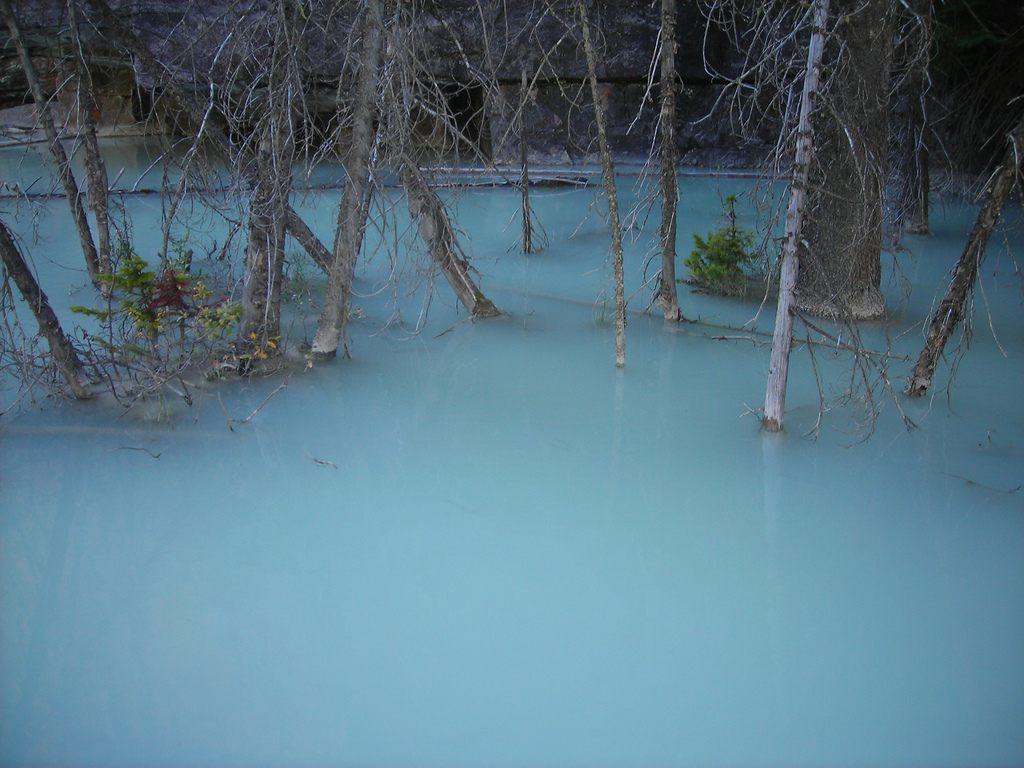
Milky water in Lake Louise, Canada, caused by rock flour (photograph by orlandk/Flickr)
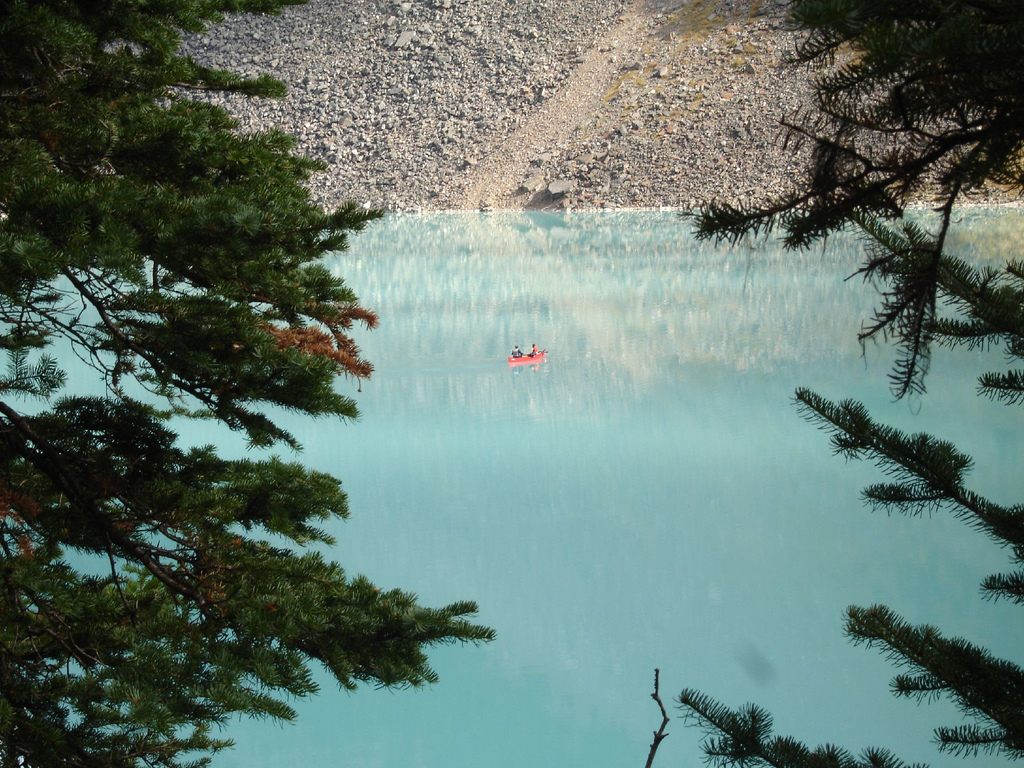
Lake Louise, Banff National Park, Alberta, Canada (photograph by Cleavers/Flickr)
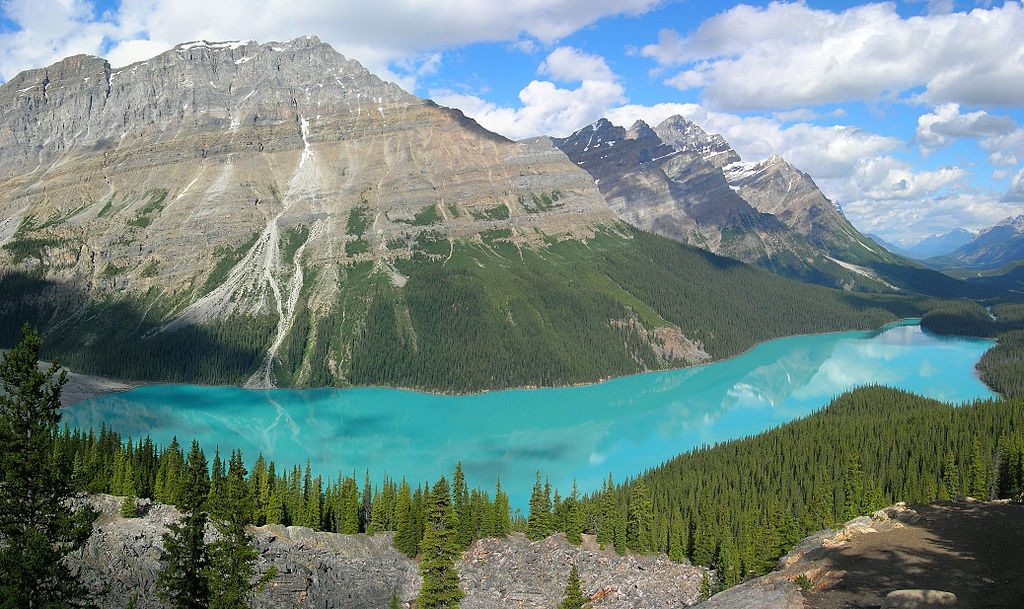 Peyto Lake, Banff National Park, Alberta, Canada (photograph by Tobias Alt/Wikimedia)
Peyto Lake, Banff National Park, Alberta, Canada (photograph by Tobias Alt/Wikimedia)
Discover more watery wonders on Atlas Obscura >




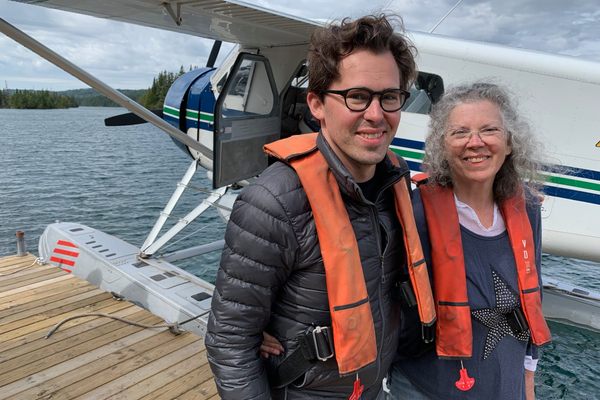
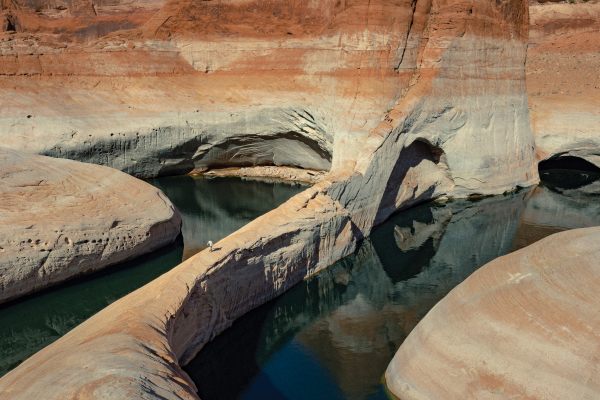









Follow us on Twitter to get the latest on the world's hidden wonders.
Like us on Facebook to get the latest on the world's hidden wonders.
Follow us on Twitter Like us on Facebook